E-bikes are growing rapidly in Europe as more people use them for commutes, weekends, and errands. With longer battery life, better build quality, and sleeker designs, they’re a solid alternative to traditional bikes or public transit. Yet many still wonder: Should I choose pedal assist or a twist-grip throttle?
Throttle vs. Pedal Assist – Which Is Better?
Choosing the right e-bike control mode can confuse e-bike newcomers, but clear, simple info makes it easy. This guide compares the two main options—pedal-assist and throttle e-bikes—to help you pick what fits your needs.
The two modes work differently, each with pros and cons. First, let’s clarify the basics: What are pedal assist and throttle?
What Is Pedal Assist?
Pedal-assist e-bikes combine battery power with your pedaling—they work together to boost your ride, making them Europe’s top choice for commutes. Contrary to myth, modern models are lightweight (not bulky like older versions); you’ll only feel slight extra weight when assist is off.
Max assist lets you cruise comfortably with little effort, while low assist eases hill climbs. Flat-road speed meets daily needs, though you should stay cautious in Europe’s rainy or icy weather.
In Europe, pedal-assist bikes must follow the EU EN 15194 standard:
- Motor power ≤ 250W
- Assist stops at 25 km/h (legal limit for “pedelecs”)
- Motor only works when you pedal
Meet these rules, and it’s classified as a pedelec: No license, insurance, or registration is needed—you can ride on most cycle paths (check local details).
What About Throttle?
Throttle e-bikes have a handlebar throttle (like scooters or motorcycles): Twist it, and the motor powers the bike to max speed—no pedaling required (you can still pedal to save battery). It’s handy when you’re tired (e.g., post-work) or need a quick start in busy areas.
But Europe’s rules for throttles (under EU EN 15194) are stricter, varying by country:
- Most allow only short throttle bursts (e.g., starting off, steep hills) or cap throttle-only speed at 6 km/h. Continuous throttle use without pedaling often classifies the bike as a “light moped” (category L1e-A).
- If the motor exceeds 250W or the speed tops 25 km/h, the bike may require a license, registration, and insurance—and could be banned from cycle paths. For example: Germany allows throttle-assisted starts up to 6 km/h; France restricts some throttle-equipped models.
Pedal Assist vs. Throttle – Which Is Safer?
There’s no definitive “safer” option—safety depends on how you ride, your awareness of traffic (especially in busy European cities), and adherence to local rules.
Pedal assist feels natural: Power syncs with your pedaling rhythm, making speed control intuitive (great for beginners). Throttle e-bikes deliver instant power without pedaling, which can feel unintuitive if you twist the throttle too aggressively. However, both are capped at 25 km/h (per EU rules) and meet strict safety standards for brakes and lighting—so the safety gap between them is minimal.
Pros and Cons of Pedal Assist and Throttle
Pedal-Assist E-Bikes
Pros:
- Rides like a traditional bike, easy to control (ideal for beginners)
- Longer battery life (motor only activates when pedaling)—great for long commutes or country rides
- EU-compliant: No extra paperwork, access to most European cycle paths
- Adds gentle exercise to daily commutes
Cons:
- Requires mild pedaling—no fully effortless ride
- May not suit riders with mobility issues (e.g., joint pain)
Throttle-Controlled E-Bikes
Pros:
- Twist and go—no pedaling needed (perfect for low-energy days or short errands)
- Fast acceleration—helps merge into busy city traffic
Cons:
- Shorter battery life (motor runs continuously when throttled)
- Tight EU regulations: Fewer compliant models; non-compliant ones need extra paperwork
- No exercise benefit
- Beginners may struggle with instant power (affects stability initially)
Conclusion
The choice boils down to your needs and EU compliance:
- Want a natural ride, long battery life, and easy access to Europe’s cycle paths? Choose a pedal-assist pedelec.
- Need a fully effortless option for short trips? First check local throttle rules—pick a model that meets EU EN 15194 standards.
Always opt for EU-standard e-bikes—they’re engineered for European roads and weather. Before riding, double-check local rules (e.g., cycle path access, speed limits in residential areas) to stay safe and compliant.
Happy riding!








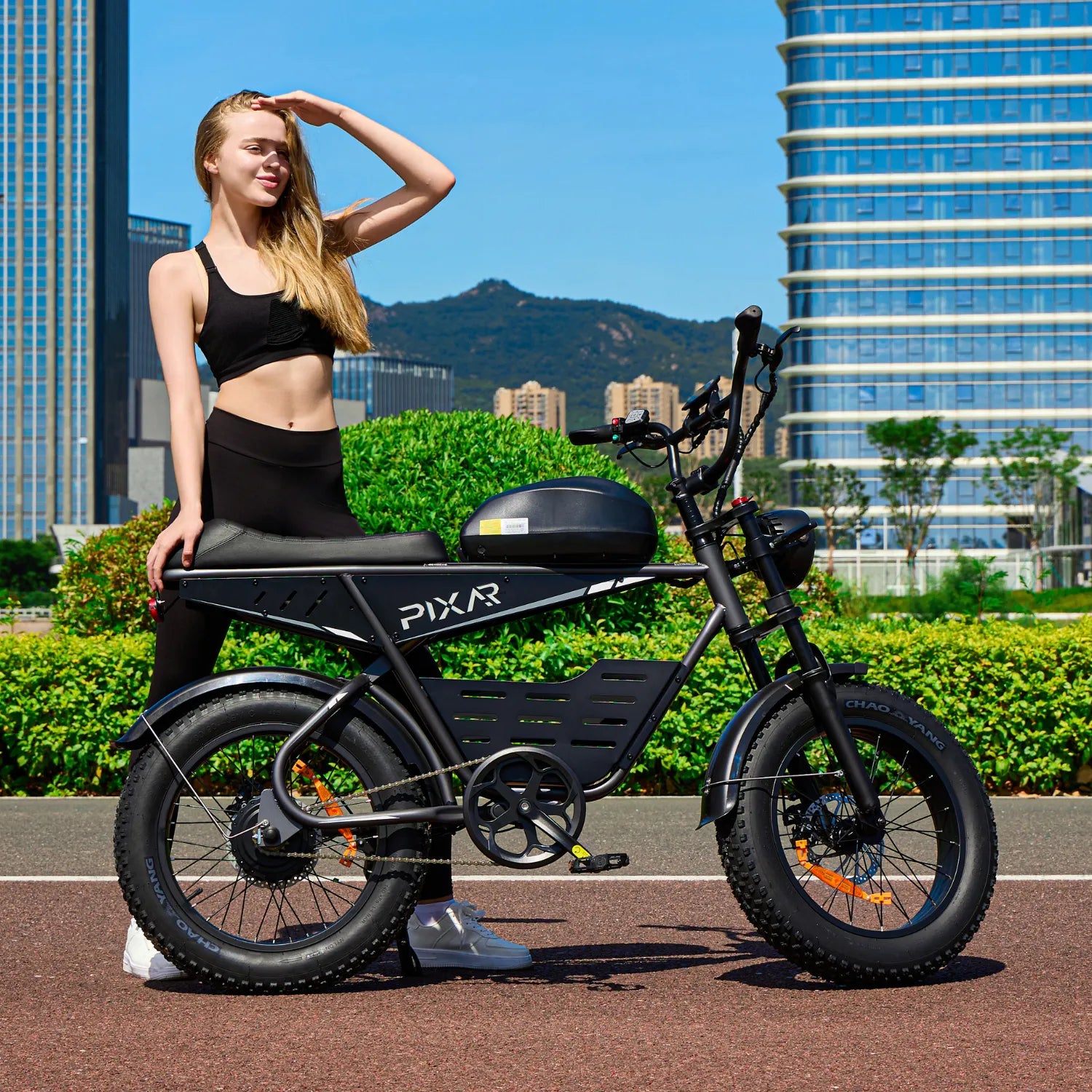
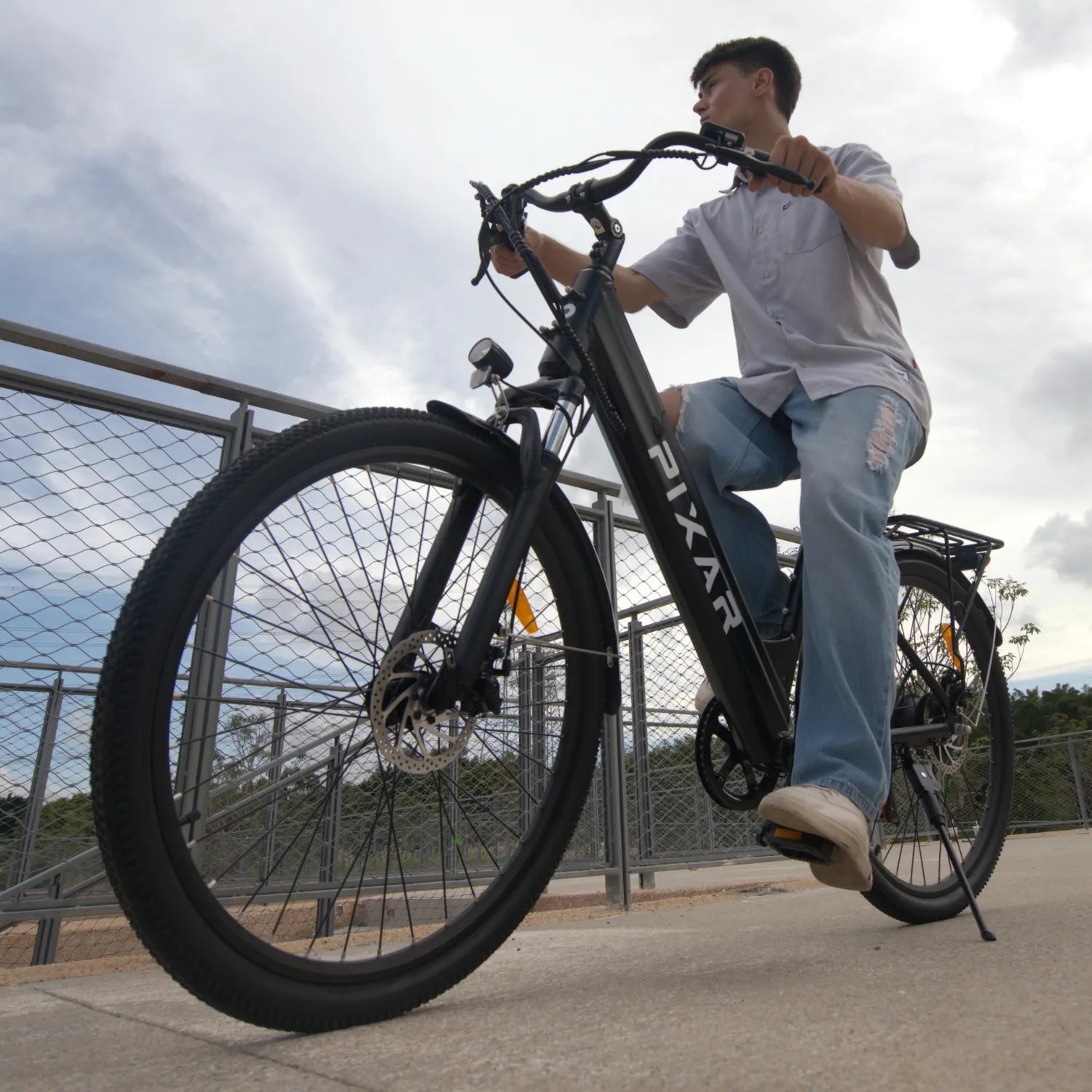
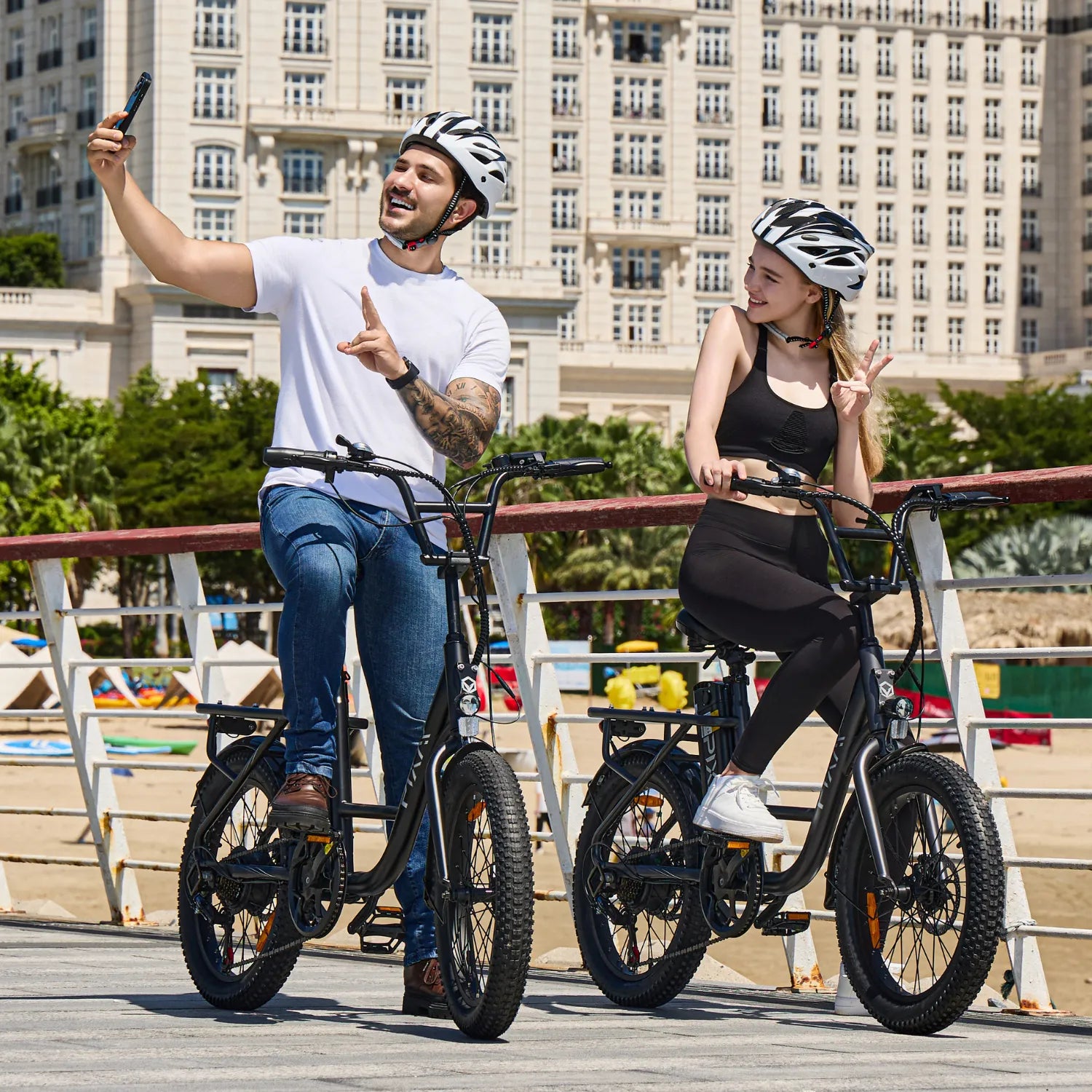

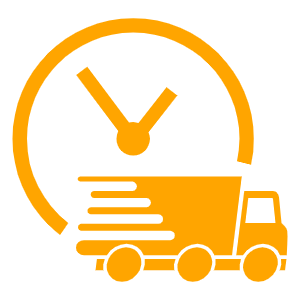
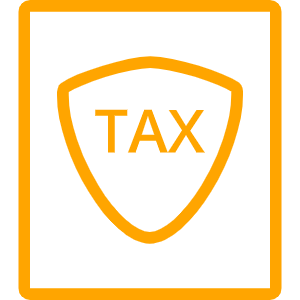

Leave a comment
This site is protected by hCaptcha and the hCaptcha Privacy Policy and Terms of Service apply.